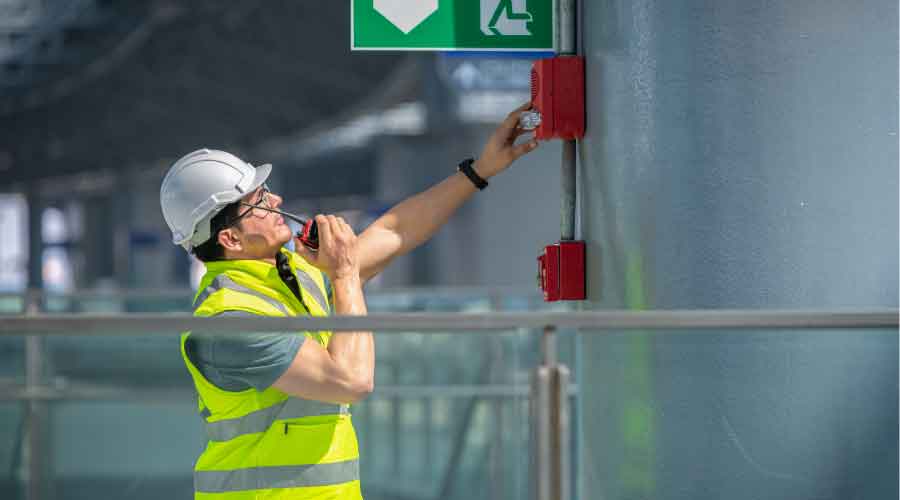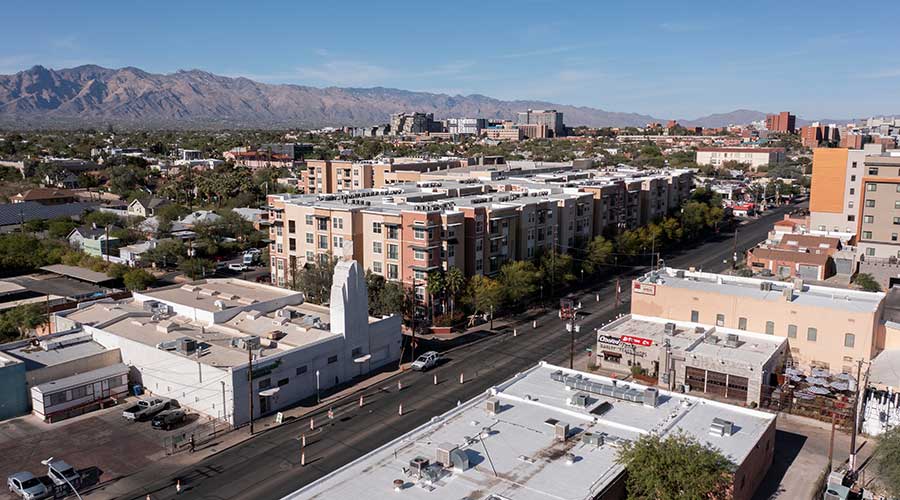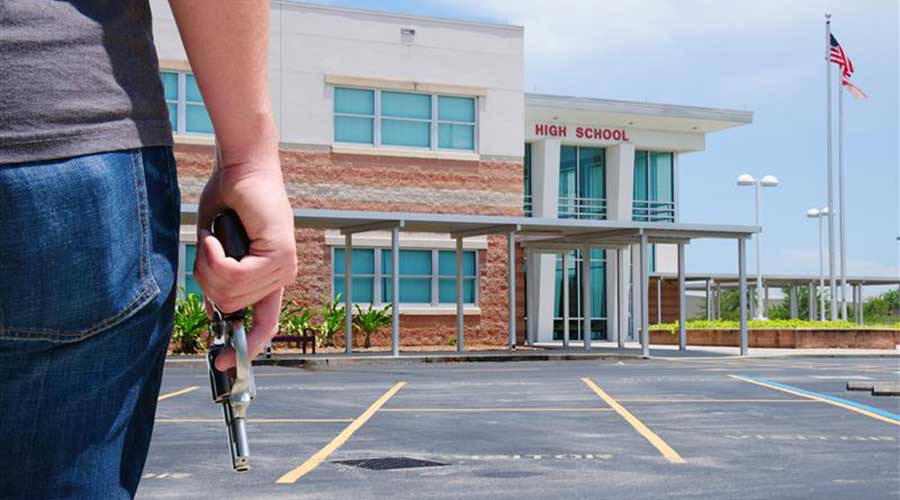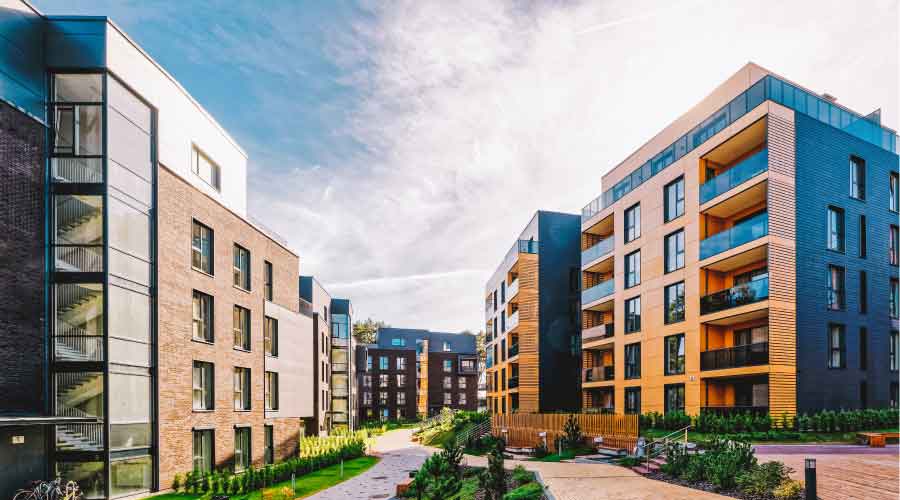
How to Know If Your Fire Alarm System Needs Upgrading
Larry Rietz, Jensen Hughes’ Global Service Line Leader for Fire Detection and Alarm, discusses the path for a successful fire alarm system replacement. July 21, 2022
By Dan Weltin, Editor-in-Chief
Nationwide, there are tens of thousands of buildings with aging fire alarm and other fire protection systems. How can facility managers tell when it is time for a system upgrade or replacement?
Waiting until a system or even a component of that system fails is not a smart idea. Emergency replacements always costs more than a planned replacement. Instead of waiting, managers need to be proactive with system replacements.
In his session “Fire Alarm System Replacement Considerations” at NFMT Remix, Larry Rietz, Jensen Hughes’ Global Service Line Leader for Fire Detection and Alarm, will provide a path for a successful fire alarm system replacement.
NFMT: What are some things facility managers can look for to tell if their fire alarm system needs an upgrade or replacement?
Rietz: Know the fire alarm upgrade/replacement. Here are the top three:
1. Age: As with all forms of technology, the age of your fire alarm system is critical in identifying the need for upgrade or replacement. If you have a fire alarm control unit or smoke detection that is over 20 years old, it is most definitely time to identify an upgrade or replacement plan of action.
2. Deficiencies/Troubles: As systems age, the system may experience increased troubles, including wiring and operational failures. Also, during annual inspections, an increased number of system deficiencies may be experienced. While these can be repaired at the time, these troubles and deficiencies can mount up and affect the overall operation of the system.
3. Change in Occupancy/Use: As buildings change and adapt to new tenants and operations, the fire alarm system needs to change to meet those needs. For example, some business occupancies may become educational occupancies, thereby changing the fire alarm system requirements for that space.
NFMT: If it’s not broken, upper management may not want to budget for a new system. How can managers convince them otherwise and start planning for an upgrade or replacement?
Rietz: Every fire alarm system will need to be upgraded or replaced at some point. Keep this in mind: A planned system replacement can be as much as one half the cost of an “emergency” system replacement. Today, more than ever with supply chain issues, making long-term upgrade or replacement plans the prudent thing to do.
NFMT: What are some new improvements to fire alarm systems that managers would be excited to implement?
Rietz: What if you could eliminate the cost of two phone lines used to monitor your fire alarm system? What if you could have a fire alarm system provide automatic warnings to your occupants of emergencies other than fire, like a tornado or severe weather warning? What if your fire alarm system could constantly monitor the carbon monoxide level in key areas of your building to provide occupant health and air quality? What if your smoke detectors could test themselves? What if your notification appliances could be tested in a matter of seconds without sounding the alarms for long periods of time? All of this is possible today by using the latest technology.
NFMT: In your presentation, you will cover four key factors that will influence replacing the fire alarm system. Can you share one of them with our readers as a preview?
Rietz: The first key factor in a fire alarm upgrade or replacement plan is the design. System design, especially a replacement design, is a critical step to operational reliability that cannot be overlooked. Unfortunately, fire alarm systems are often designed by individuals who do not have the appropriate fire protection background to perform the design competently. The designer should understand that applicable codes and standards are a minimum criterion and provide only a minimum baseline from which to expand.
Many times, an alarm installer or vendor will agree to design the system for little or no fee, which ultimately proves the adage “you get what you pay for.” Generally, the reason for the offer is to ensure that the installer’s or vendor’s equipment will be purchased. Given the investment being made, it is important that you check the credentials of the engineer performing the design to ensure they have a strong background in fire alarm system design. Also, the design must address critical interconnected emergency control equipment and wiring to fans, dampers, smoke control equipment, and elevators.
NFMT Remix takes place in Las Vegas, Nov. 2-3. For more information, visit www.nfmt.com/vegas.
Dan Weltin is the editor-in-chief for the facility market. He has nearly 20 years of experience covering the facility management and commercial cleaning industries.
Next
Read next on FacilitiesNet












